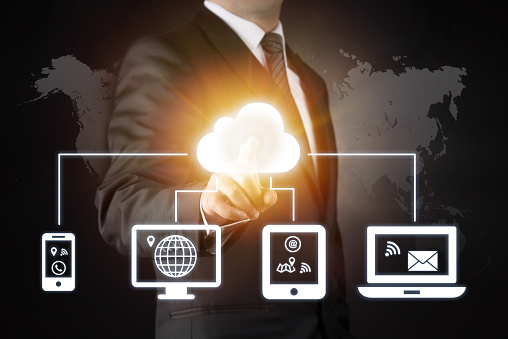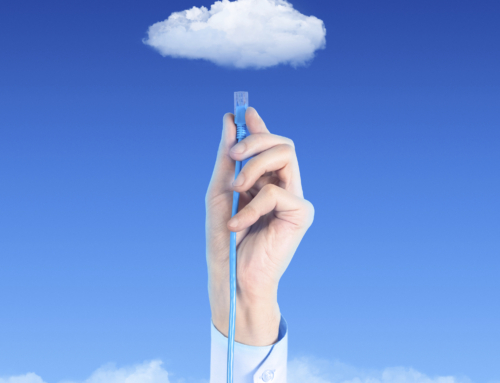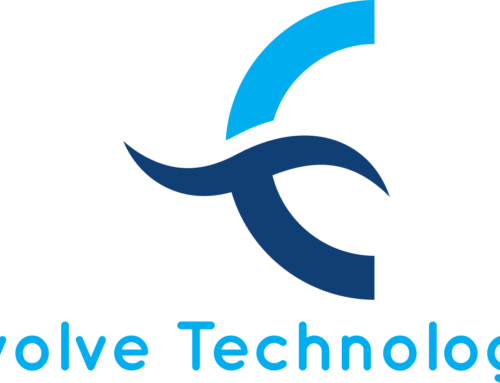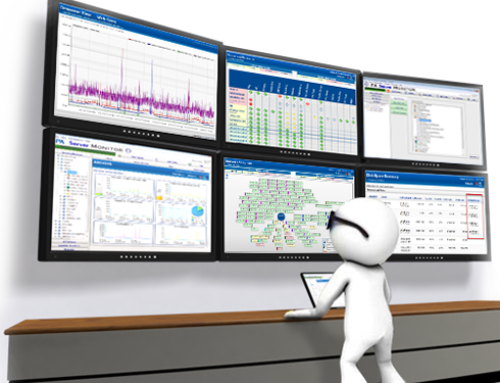When terminal services was first released, it revolutionized the way users accessed their applications and data. Employees could tap into their digital resources from essentially anywhere while businesses could be certain that all data was located in the data center and not on end user devices. But no revolution is perfect and the challenge with terminal services (renamed to RDSH in recent years) was that it did not give users the customization and experience of their local devices.
A new revolution was needed and it arrived quickly with virtual desktops, which ensure more end user customization and brought about the end of having to share server resources with other users. However, virtual desktops come with their own set of challenges, including the cost of scaling and the time to get new hardware approved through laborious procurement processes. It’s time for a new revolution. Enter DaaS.
Desktop as a Service (DaaS)
DaaS (Desktop as a Service) solves two key economic problems that come with virtualized desktops. First, a business does not need to invest in IT infrastructure because the DaaS provider already has it set up. Second, DaaS allows businesses the flexibility and cost efficiency to buy based on need. IT needs are often unpredictable, especially in early or growth phases. Available by monthly subscription, DaaS lets business owners buy only what they need, and add or remove hosted desktops as necessary.
In addition to a new and better financial model, DaaS offers a host of benefits to businesses looking ahead and eager to create a more flexible, scalable and user centric desktop infrastructure. They include:
Money Saved: DaaS allows you to reuse aging desktops and laptops as thin clients or purchase lower cost thin/zero clients. A DaaS solution will also save you money by enabling bring your own device (BYOD) so that end users can manage their own hardware. Speaking of hardware, you will free up some capital expenditure when it comes to on-premise hardware. No more purchasing of servers, storage and networking gear. On the operational spending side, DaaS does away with maintenance, upgrades and overall hardware care and feeding.
Excellent End User Experience: It has been said before, but it needs to be repeated: With DaaS, users gain access to applications and data from any device, anywhere. You can do that currently with on-premise virtual desktops, but you also have the pain that goes along with that on-premise solution.
Focus on LoB: With the DaaS service model, IT teams can focus on Line of Business (LoB) efforts projects and innovation rather than the behind the scenes tech work that takes time and even certification to support. DaaS is a way to create time for strategic IT initiatives as it frees IT teams from time-consuming and unplanned work, such as managing workstations, updates and applications.
What about DR? I knew you would ask about disaster recovery (DR) because everyone loves taking time to come up with a strategy and plan around DR. Well, I hate to break the bad news, but with DaaS you don’t get to any longer. Disaster recovery is baked into DaaS. With data stored in the cloud, virtual desktops will be accessible, if and when your office has a DR event. Data will always remain secure and accessible, ensuring business as usual in any situation.
Flexibility: We touched on this above, but to access applications and data from any device and any location is the optimal use case. Whether on an iPad or a relative’s desktop, users will have the flexibility to access the information needed. And this is the type of flexibility that can attract the new generation of on-the-go workers. It even gives businesses more opportunities to provide additional telecommuting options and give workers the “flexibility” to work where they want.
One Update Versus 100: Consider the landscape of your current company. How many employees do you have? Now consider all the technology tools they have to do their jobs, including laptops, desktop computers, mobile phones, tablets and other devices. Managing the software updates could be a nightmare if you do it individually. Virtual desktops mean one update across the board for every member of your team.
Ready for a Revolution?
Technology and its progress can feel like a series of small revolutions, transforming how we work and operate. The challenge is knowing which ones are important for your business and which ones you can wait out. From the reduced operating costs and the centralization of management and upgrades to the security and flexibility of virtual desktops, DaaS offers businesses powerful benefits to consider.
If you would like to explore how DaaS can support your business and its specific IT goals, contact us. Don’t let this revolution pass you by!




